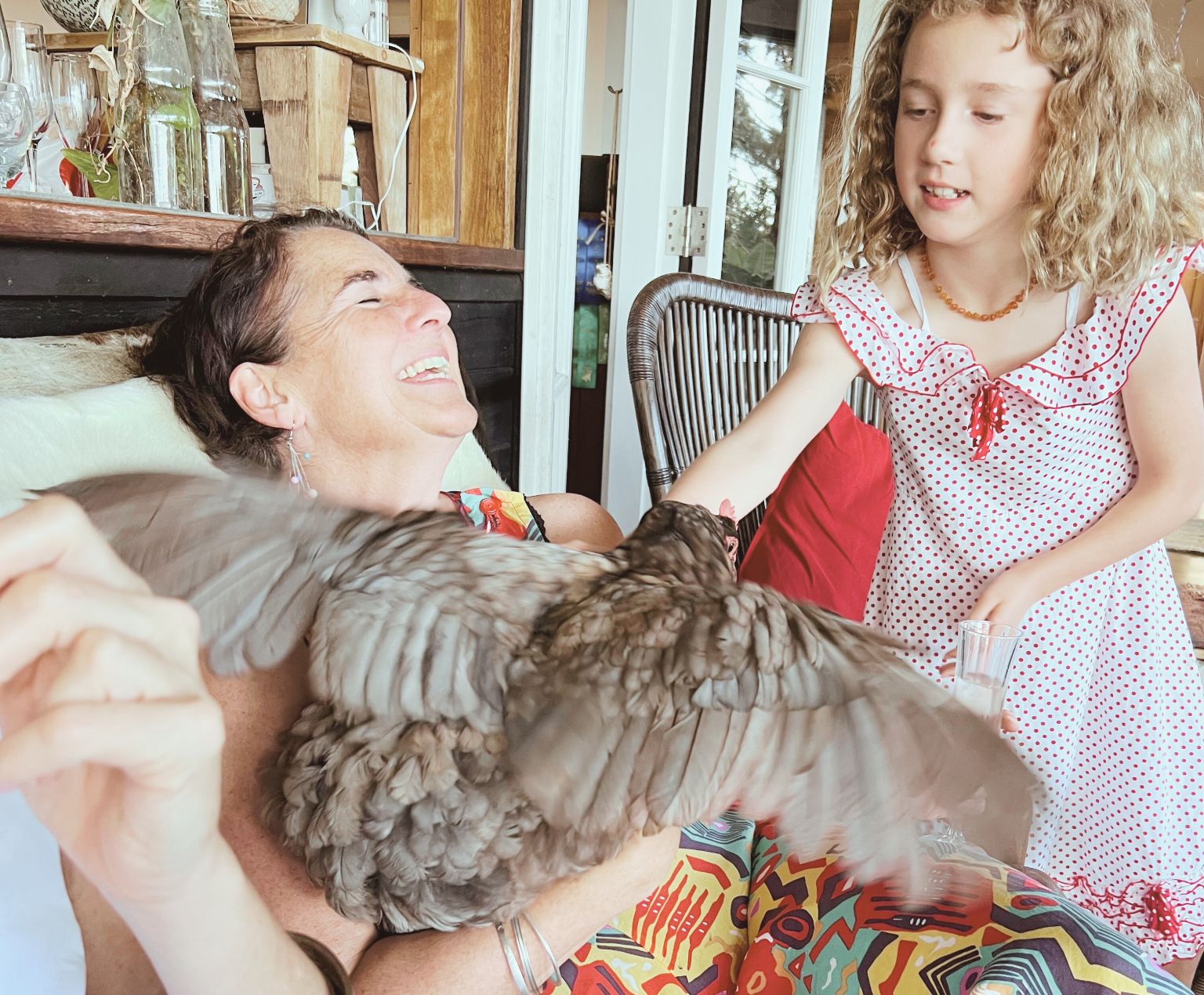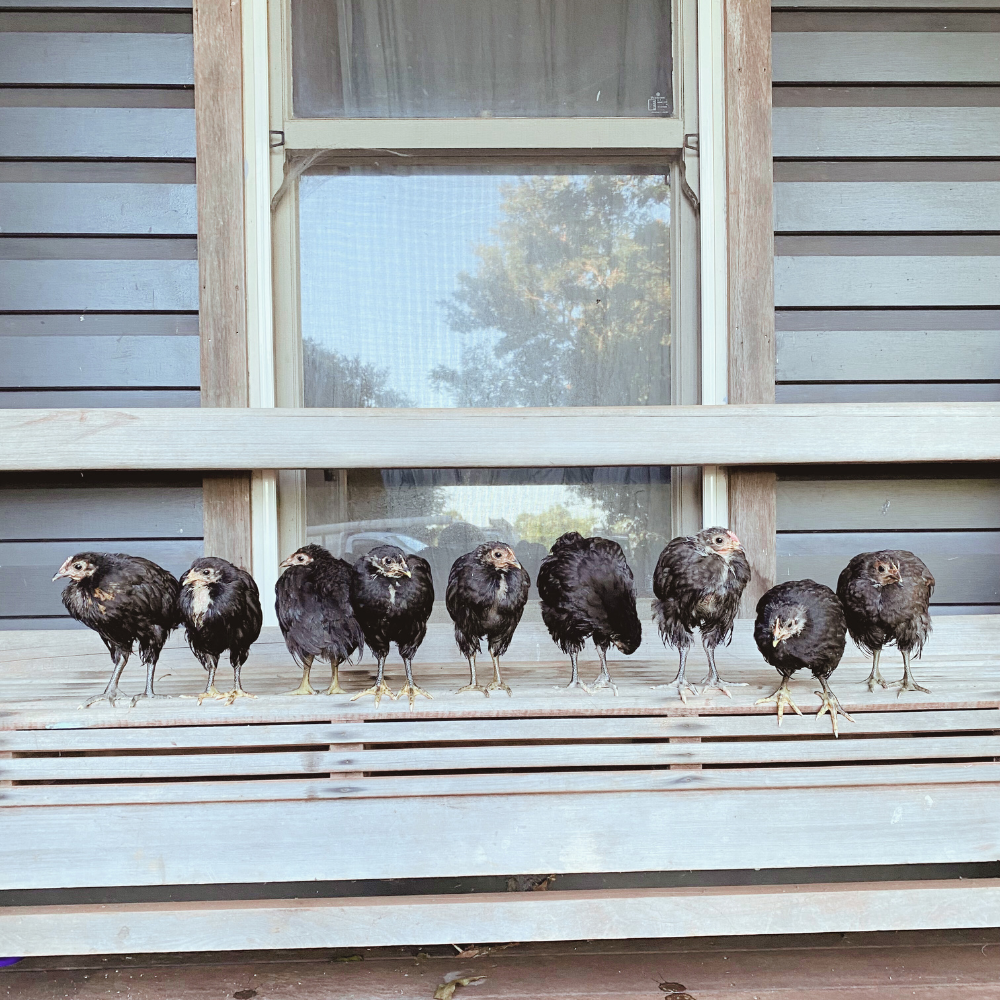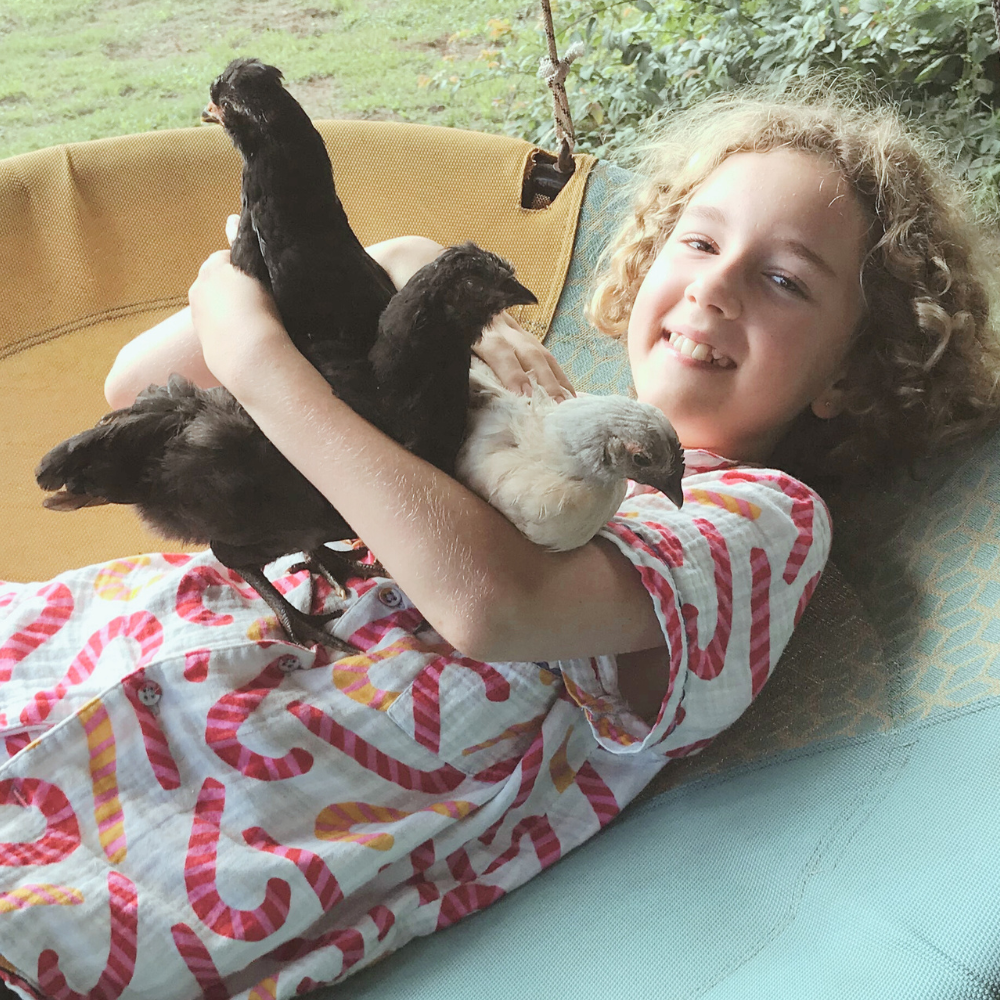
With supermarket egg prices hitting record highs, getting a few chooks seems like the perfect solution. Or is it? Marin Simpson told Sally Schofield some hard-boiled truths about keeping backyard chooks.
I bet you can already picture it: a quaint coop, a few feathered friends, and an endless supply of golden-yolked eggs for your Sunday morning sourdough.
But not so fast. There’s a bit more to keeping poultry than purchasing a few pullets.
First, you’ll be needing a coop. One that will protect your flock from foxes, snakes, your dogs, the neighbours’ dogs, wild dogs, and the list goes on. The cute coop you saw on Insta is not going to cut it when it comes to housing your feathered investment.
Yes, chickens love to free-range, but consider your edible garden bed. Those delicate heirloom seedlings, lovingly planted in your new veggie patch? Your chickens will scratch, peck, and dig with zero regard for what you’ve just planted.
Of course, a chicken tractor or such will be the ultimate solution for this problem, allowing you to reposition the birds and make use of their poo as you cycle their enclosure around your garden.
The next step is deciding what type of birds you’re going to keep. Here’s is where research and expert advice is essential (a good thing the Bangalow Poultry Club auction is coming up this month – see What’s On for more details).
Marin Simpson, a backyard chook enthusiast from Eureka, adores her diverse flock. “We started off with just your garden variety Rhode Island Reds and Leghorns, but then we decided to get some heritage chooks – Plymouth Rocks, Sussex, Wyandottes, and the buffest of the Buff Orpingtons. At the moment, we have around 25 chooks, including nine chicks. Warning: the peril of having a rooster is having more roosters!”
For Marin, who once raised chickens in an inner-city Brisbane backyard, it’s about much more than just the eggs (though she admits “that is definitely a bonus… especially when you see them in the shops for $10 or more a dozen!”).
There’s something deeply satisfying, says Marin, about watching your girls potter about, gossiping in their little chicky way. “I love the way they spend their days just pecking around, digging in the earth looking for worms and bugs, scratching around for whatever they can find to eat. Watching the pecking order play out is fascinating—who’s in, who’s out— and then the way the rooster plays his part protecting the flock… and the drama of it all.”

As anyone who has a few feathered friends will tell you, chooks have their own personalities. Every flock has a bossy one, a henpecked one, a curious one, and at least one slightly unhinged escape artist.
If you spend enough time with your flock, you may even find a favourite hen or two. “We don’t name all of our chooks, but the ones that we do name are because they’re special in some way,” Marin says.
Take Apricot, for example. “She was part of a clutch of around eight eggs that one of our hens was sitting on to hatch. When only four of the eggs hatched, the mother hen abandoned the others and happily wandered off with her new chicks. By the afternoon, the remaining eggs were cold in the nest. As I was discarding them into nearby bushes, I heard a little cheep cheep coming from inside one of them.”
 Her then-seven-year-old daughter, Peach, stepped in. “Peach took the chick inside, put a heat lamp on her, and raised her into a magnificent Buff Orpington hen called Apricot, who is now a family pet with free rein of the house (with boundaries!). She waits for my daughter at the front door every morning.”
Her then-seven-year-old daughter, Peach, stepped in. “Peach took the chick inside, put a heat lamp on her, and raised her into a magnificent Buff Orpington hen called Apricot, who is now a family pet with free rein of the house (with boundaries!). She waits for my daughter at the front door every morning.”
Keeping chooks is more work than you’d imagine. It’s sometimes heartbreaking, frequently delightful, but ultimately rewarding in dozens of ways.
In the chook business, it’s a rookie error to assume hens will be laying from day one, or even every day. Pullets take around six months to start laying. And the birds can be temperamental too—too hot, too cold, too stressed, or just feeling a bit off? No eggs for you.
If you’re keen, the key is preparation. “Regardless of where you live, you need to get their living arrangements well sorted—cozy, dry, private nesting boxes, a perch to roost on, and snake-proofing,” Marin advises. “If you raise them from chicks or pullets with lots of handling, they are more likely to be receptive to being picked up and patted—all the kids love that! And, of course, the feedback loop (getting a few eggs a day) is a bonus.”